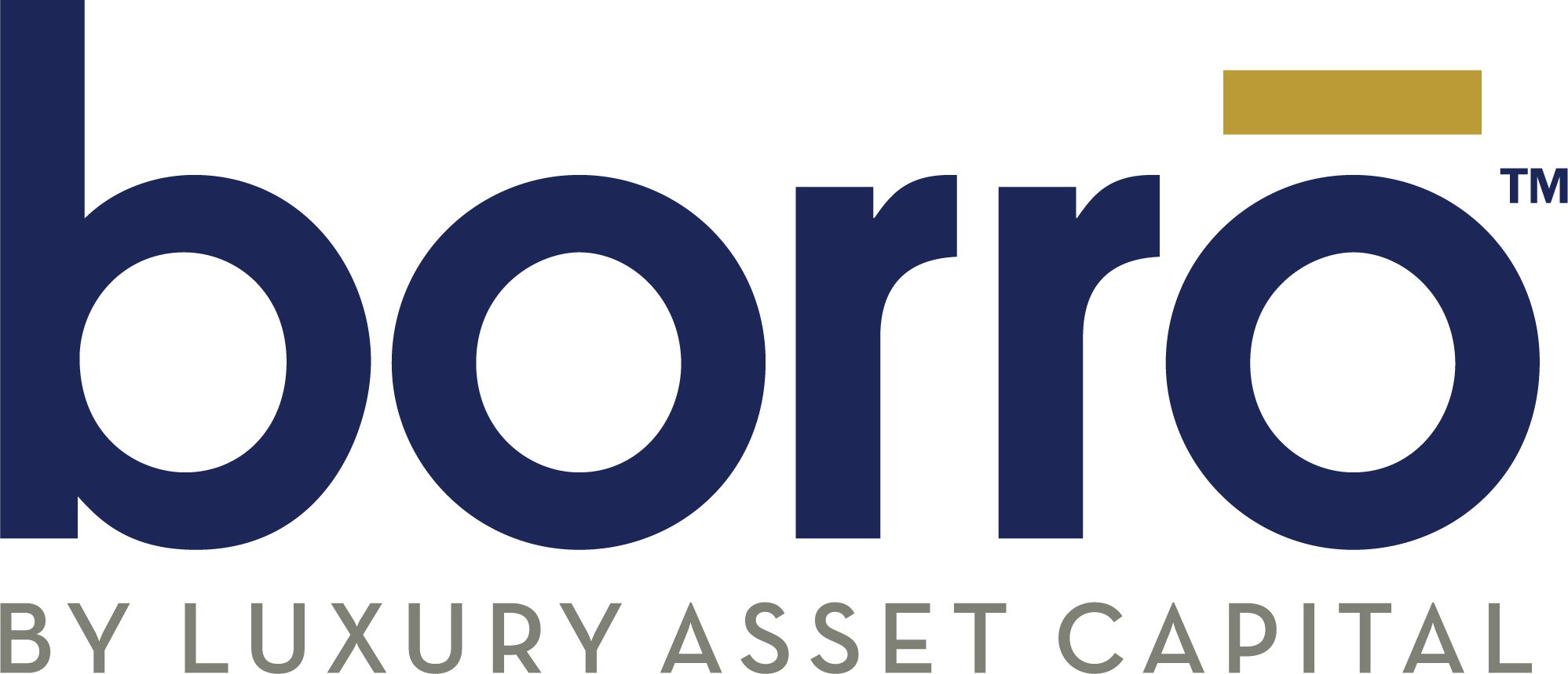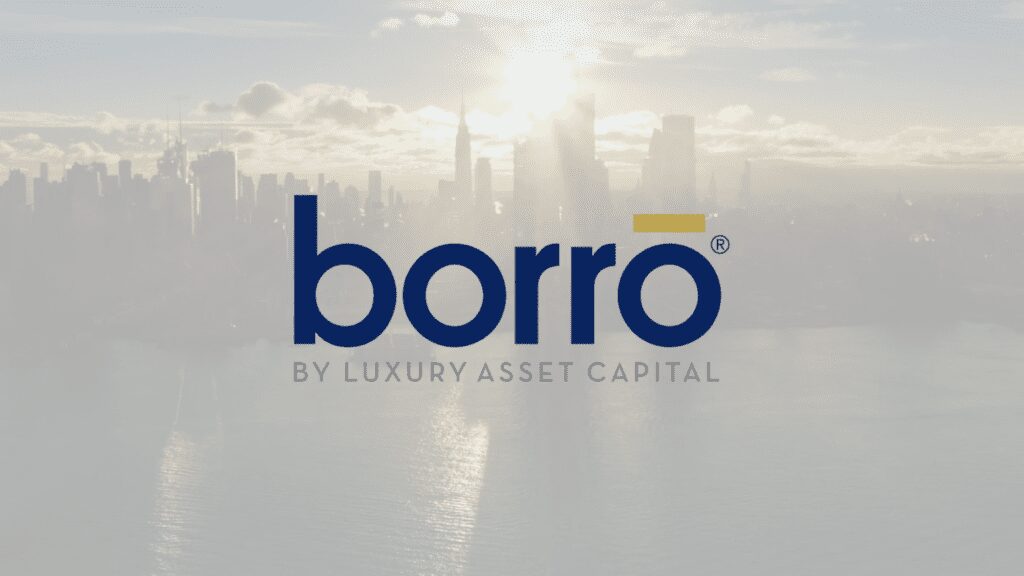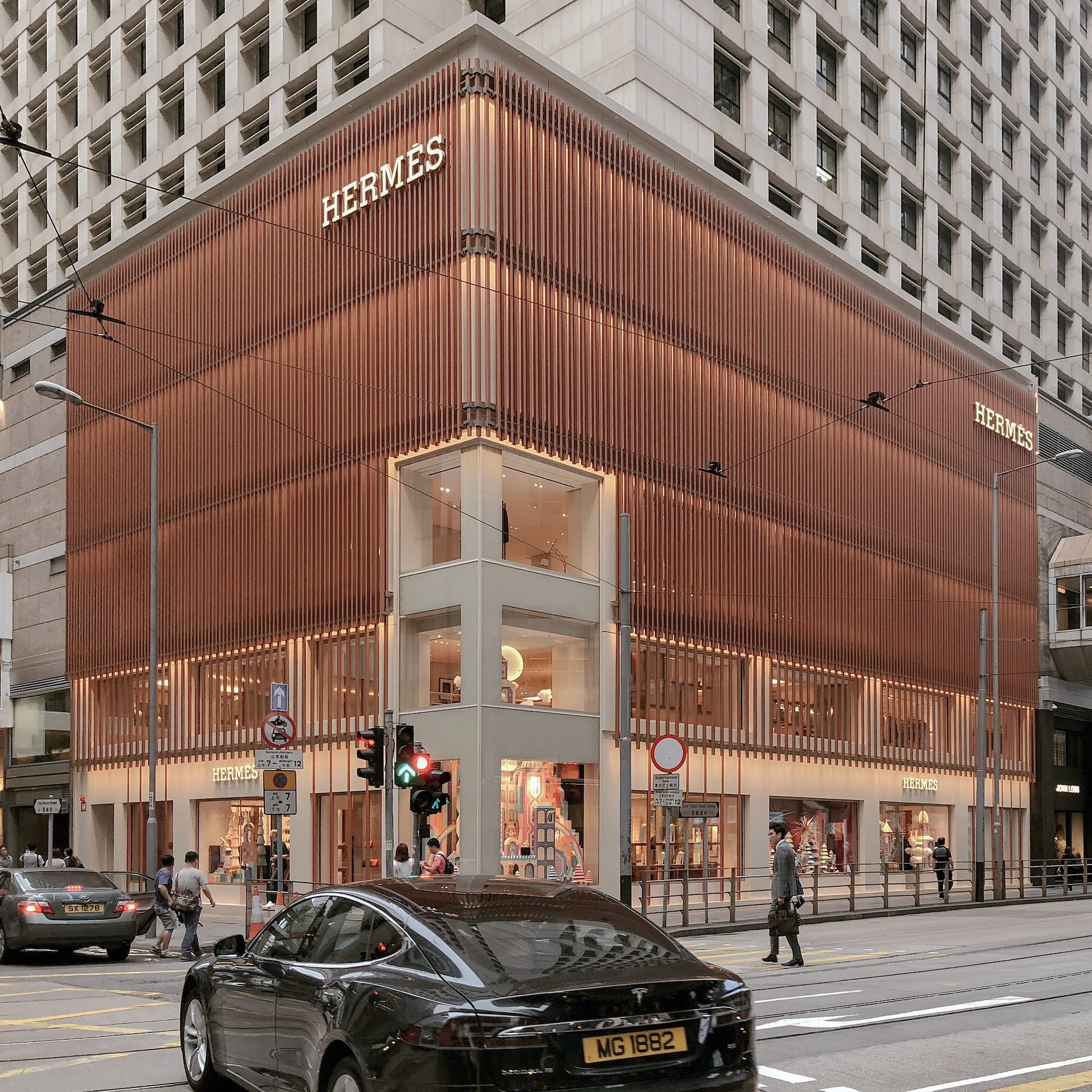Introduction
Investing in luxury assets has become an increasingly popular practice in recent years. The appeal of these assets is multi-faceted, offering investors both personal enjoyment and the potential for substantial financial returns. Ranging from fine art to classic cars, these luxurious items provide a unique investment opportunity. In this comprehensive guide, we’ll delve into the various types of luxury assets, discussing their respective benefits, challenges, and the considerations investors should bear in mind.
Fine Art
Fine art, revered for its aesthetic appeal and cultural significance, is a traditional form of luxury asset. Over the years, fine art has demonstrated a consistent trend of appreciation in value. Art aficionados often purchase pieces primarily for their inherent beauty and the joy they derive from them. However, from an investment standpoint, art can serve as a hedge against inflation and act as a store of value.
That being said, investing in art is not without its challenges. Art can be rather illiquid, meaning it may not be readily convertible into cash without a potential loss in value. Additionally, the value of art is often subjective, largely dependent on factors like prevailing trends, the renown of the artist, and individual interpretation. Hence, it’s critical for prospective art investors to have a sound understanding of the art market. Seeking expert advice from art consultants or experienced collectors when investing in fine art can also be beneficial.
Classic Cars
Classic cars, with their nostalgic charm and historical value, constitute another popular form of luxury asset. For enthusiasts, the appeal of classic cars goes beyond their potential for financial gain. The thrill of restoring and maintaining a piece of automotive history offers a unique sense of satisfaction. From an investment perspective, classic cars can provide significant returns, especially for those that are rare and have been meticulously maintained.
However, investing in classic cars comes with its own set of challenges. They require regular maintenance and storage, which can be costly. It’s also important to note that the classic car market can be notably volatile, with prices subject to fluctuations based on changing trends and broader economic conditions.
Wine and Spirits
The world of fine wines and spirits offers another avenue for luxury asset investment. Like art, these items can appreciate in value over time, providing a potentially profitable investment. This is particularly true for rare and sought-after vintages, which can fetch impressive prices at auction.
Despite this, investing in wines and spirits requires a certain level of expertise. Proper storage and handling are critical to preserving their quality and, by extension, their value. Furthermore, the value of these assets can be influenced by a myriad of factors, including climate conditions, the reputation of the vineyard or distillery, and changing market demand.
Jewelry and Watches
Luxury jewelry and watches are timeless assets that often retain, if not increase, their value over time. These items can be a good investment, particularly if they are high-quality pieces from renowned brands. Their value often transcends fleeting fashion trends, making them a potentially stable investment. However, as with other luxury assets, their value can still be influenced by trends, especially in the fashion industry. They also require appropriate insurance and secure storage, adding to the cost of investment.
Real Estate
Luxury real estate, with its tangibility and potential for direct utility, is a staple in the realm of luxury assets. It can provide a steady income stream, through rent or lease, and potential capital appreciation over time. However, investing in luxury real estate involves significant upfront costs and ongoing maintenance. It’s also subject to market conditions, which can be affected by economic trends, interest rates, and location-specific factors.
Luxury Fashion
Luxury fashion items, like designer clothing, bags, and shoes, represent another important category of luxury assets. These pieces often hold their value due to the prestige of the brand and the quality of the materials and craftsmanship. For fashion enthusiasts, owning these items can bring great personal joy and the potential for financial return. Some high-demand items can even increase in value over time, particularly if they are limited edition or iconic pieces. However, investing in luxury fashion also requires careful consideration. The condition of the item greatly affects its value, so proper care and storage are critical. Additionally, the fashion market can be influenced by changing trends and tastes, so it’s important for investors to have a deep understanding of the fashion industry.
Conclusion
Investing in luxury assets can be both personally fulfilling and financially rewarding. However, it is not without its risks. Thorough research, expert advice, and careful consideration of factors such as storage, maintenance, and insurance costs are essential. Whether you’re drawn to the beauty of fine art, the thrill of classic cars, the allure of fine wines, or the stability of luxury real estate, understanding the market for your chosen asset is key to making a successful investment.



